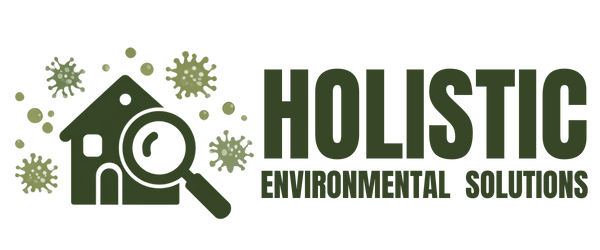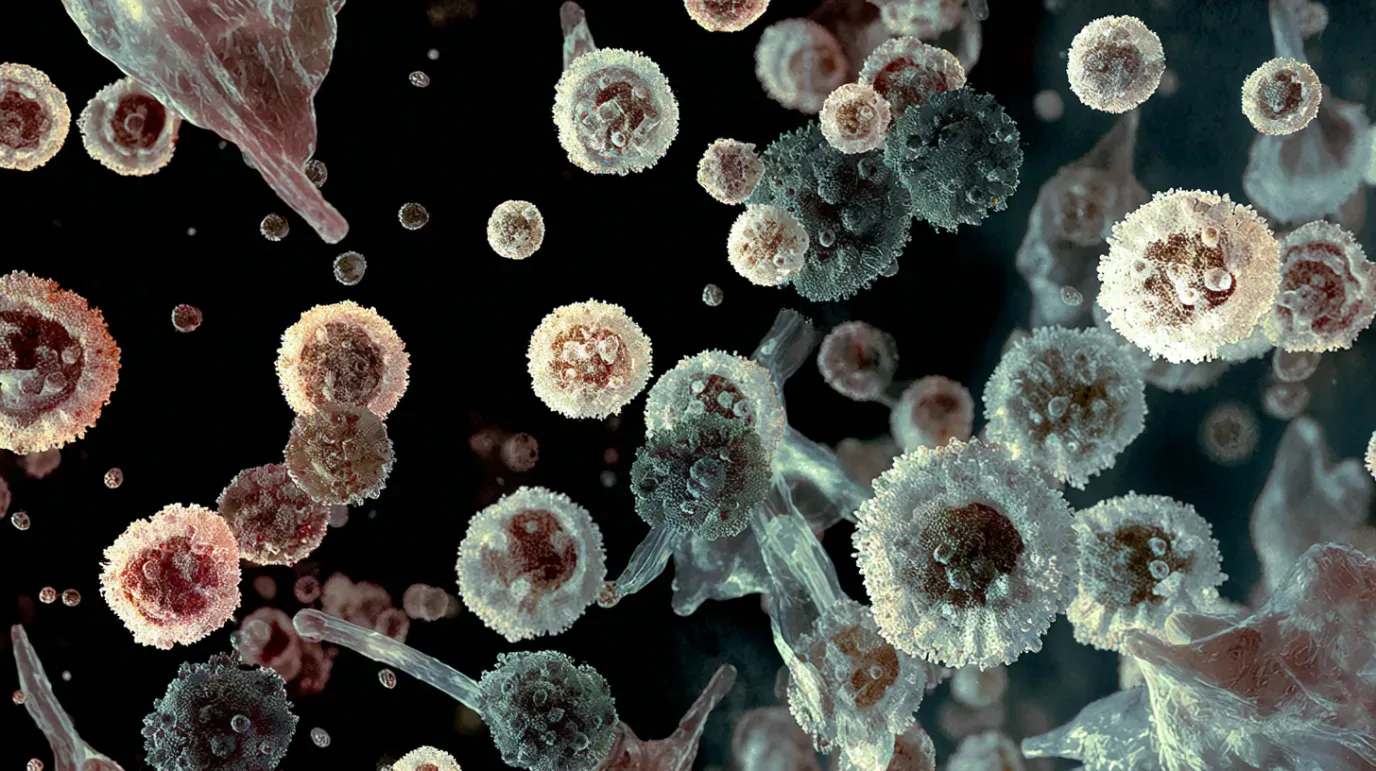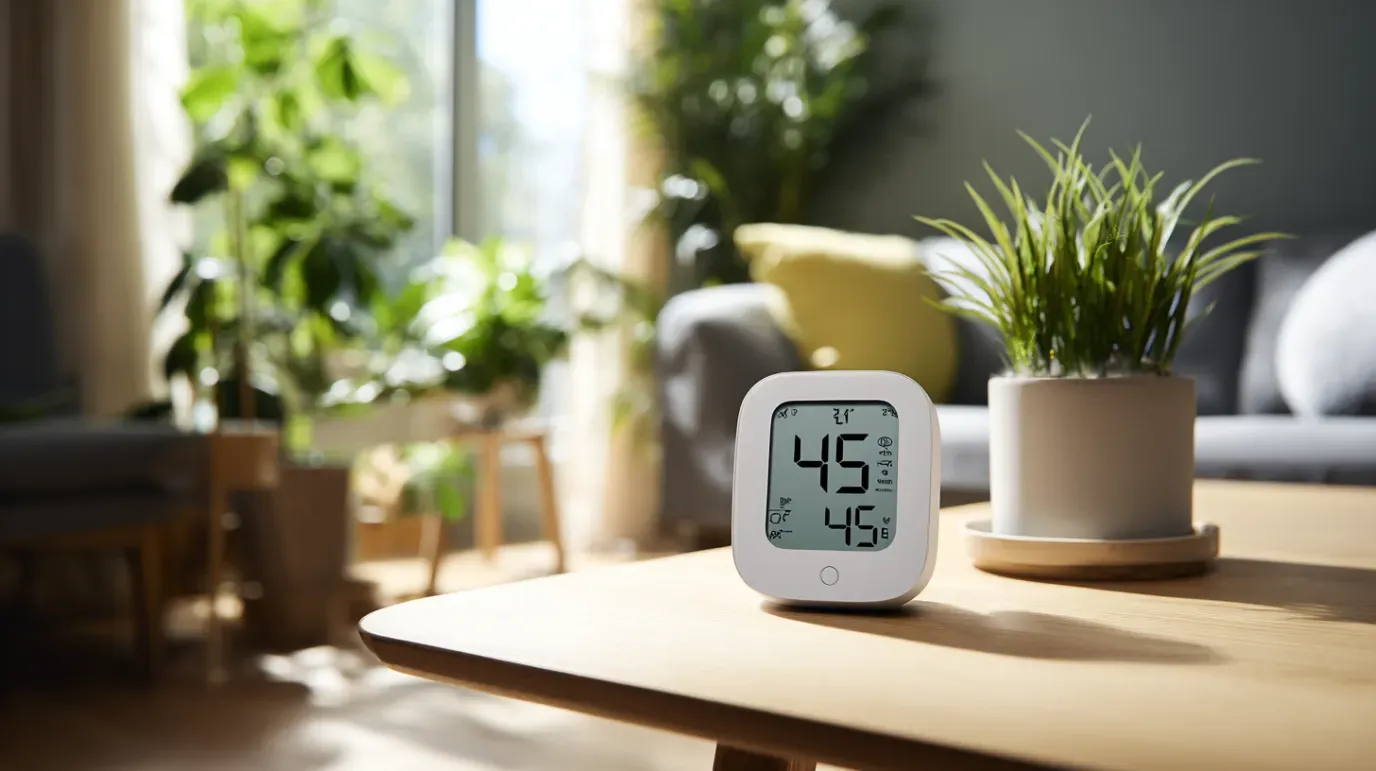The Hidden Threats in Your South Florida Home: A Guide to Mold
The humid, subtropical climate of South Florida is perfect for beach days and lush landscapes. Unfortunately, it’s also the ideal environment for a silent, unwelcome guest: mold. For homeowners from Miami to West Palm Beach, moisture is a constant battle, and where there’s moisture, mold is often not far behind. It can hide behind walls, under floors, and in attics, posing a risk to both your property and your health. Understanding how to identify and address it is crucial for maintaining a safe home.
This guide will walk you through the essential steps of protecting your property, from initial detection to final verification. We will explore the importance of professional mold inspections, air quality testing, and the specific processes that ensure your home is truly clean and safe.
Why Mold is a Major Concern in South Florida
Mold isn't just an unsightly patch on the wall; it's a potential health hazard. For many, mold exposure can trigger allergic reactions, asthma attacks, and other respiratory issues. The unique climate in cities like Fort Lauderdale and Miami, with high humidity and frequent heavy rains, creates the perfect breeding ground for mold spores to thrive.
Common causes of mold growth in local homes include:
- Leaky roofs or pipes
- High indoor humidity (above 60%)
- Condensation on windows or AC units
- Flooding or water damage from storms
- Poor ventilation in bathrooms and kitchens
Because mold can grow in hidden areas, simply looking for visible signs is not enough. An underlying issue could be compromising your indoor air quality without you even knowing it.
The First Step: A Professional Mold Inspection
When you suspect mold, the first and most important step is a professional visual inspection. While DIY test kits might seem like a quick fix, they often provide inaccurate or misleading results. A state-licensed assessor conducts a thorough examination of your property, looking for visible signs of mold and, more importantly, the conditions that allow it to grow. This involves checking for water stains, musty odors, and areas of high humidity. A detailed visual inspection is the foundation of any effective mold management plan.
Beyond the Surface: Moisture Mapping and Mold Sampling
Mold often grows where you can’t see it. This is where advanced diagnostic tools become essential for understanding the true scope of a problem.
One of the most critical services is moisture assessment. Using tools like thermal imaging cameras and professional moisture meters, assessors can detect hidden water intrusion behind walls, under flooring, and in ceilings. This "moisture mapping" pinpoints the exact source and extent of a water problem, which is crucial for preventing future mold growth. Without addressing the underlying moisture issue, any mold cleanup will only be a temporary solution.
If mold is suspected but not visible, or if you need to know the type and concentration of mold spores, sampling is necessary.
- Surface Testing: A swab or tape lift is taken from a surface to identify the type of mold growing there. This is useful for confirming if a suspicious stain is indeed mold.
- Mold Sampling (Air): Air samples are collected from inside and outside your property. By comparing the indoor and outdoor spore counts, an assessor can determine if your home has an elevated level of mold, indicating an active indoor source. This is a key part of a comprehensive indoor air quality assessment.
What is Indoor Air Quality Testing?
Your indoor air quality (IAQ) is about more than just mold. The air you breathe can contain a variety of contaminants, including dust mites, pet dander, pollen, and other allergens. Indoor air quality testing provides a complete picture of what’s circulating in your home. This service is especially valuable for individuals with allergies, asthma, or other respiratory conditions. By identifying specific triggers, you can take targeted action to improve your home’s air and create a healthier living space.
The Blueprint for a Clean Home: Remediation Protocols
A significant benefit of hiring an independent assessment company is the focus on unbiased, science-based solutions. After a thorough inspection and testing, if mold is found, the next step is creating a remediation protocol.
This is a detailed, step-by-step plan that a remediation (cleanup) company must follow. It outlines:
- The areas that require cleaning.
- The proper containment procedures to prevent cross-contamination.
- The specific cleaning methods to be used.
- The safety precautions workers must take.
A remediation protocol written by an unaffiliated assessor protects you as the property owner. It ensures the cleanup company performs the work correctly and doesn't do too little—or too much. Since an assessment-only firm does not perform the cleanup, their recommendations are completely impartial and focused solely on your best interest.
The Final Check: Post-Remediation Verification
Once the remediation company has completed its work, how do you know the job was done right? The final step is post-remediation verification, also known as clearance testing.
An assessor returns to the property to conduct a visual inspection and take new air samples. The goal is to confirm that the mold has been successfully removed and that spore levels have returned to a normal, safe condition. This verification provides scientific proof that your home is clean and gives you the ultimate peace of mind. Skipping this step leaves you wondering if the problem was truly solved.
Why Choose Holistic Environmental Solutions for Your Mold Inspection?
Navigating a mold issue can be stressful, but you don’t have to do it alone. For homeowners across South Florida, from the bustling streets of Miami to the quiet neighborhoods of West Palm Beach, having a trusted expert on your side is essential.
At Holistic Environmental Solutions, we are state-licensed mold assessors committed to providing unbiased, science-based assessments. Because we do not perform remediation, our findings are always conflict-free and designed to protect your health and your investment. Our comprehensive services—from initial inspection and moisture mapping to detailed remediation protocols and post-remediation verification—ensure you have a clear path forward.
If you suspect mold or are concerned about your home's air quality, don't wait for the problem to get worse. Contact us today to schedule a consultation and take the first step toward a safer, healthier indoor environment.





